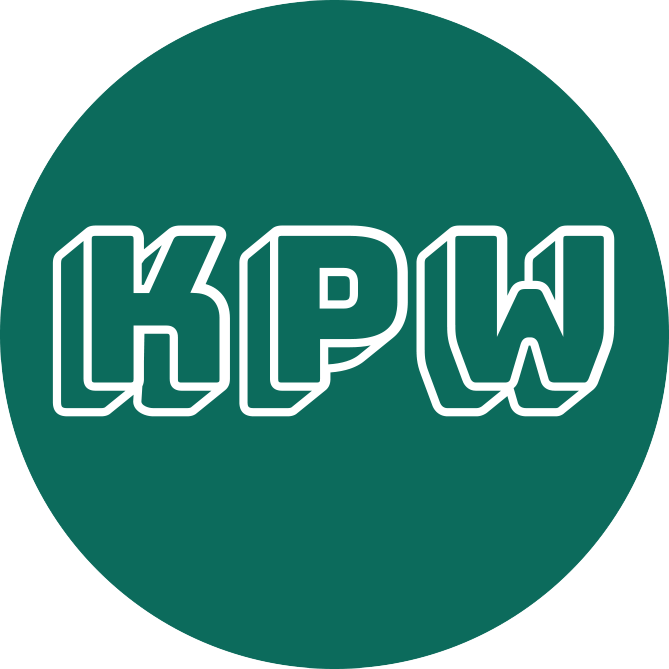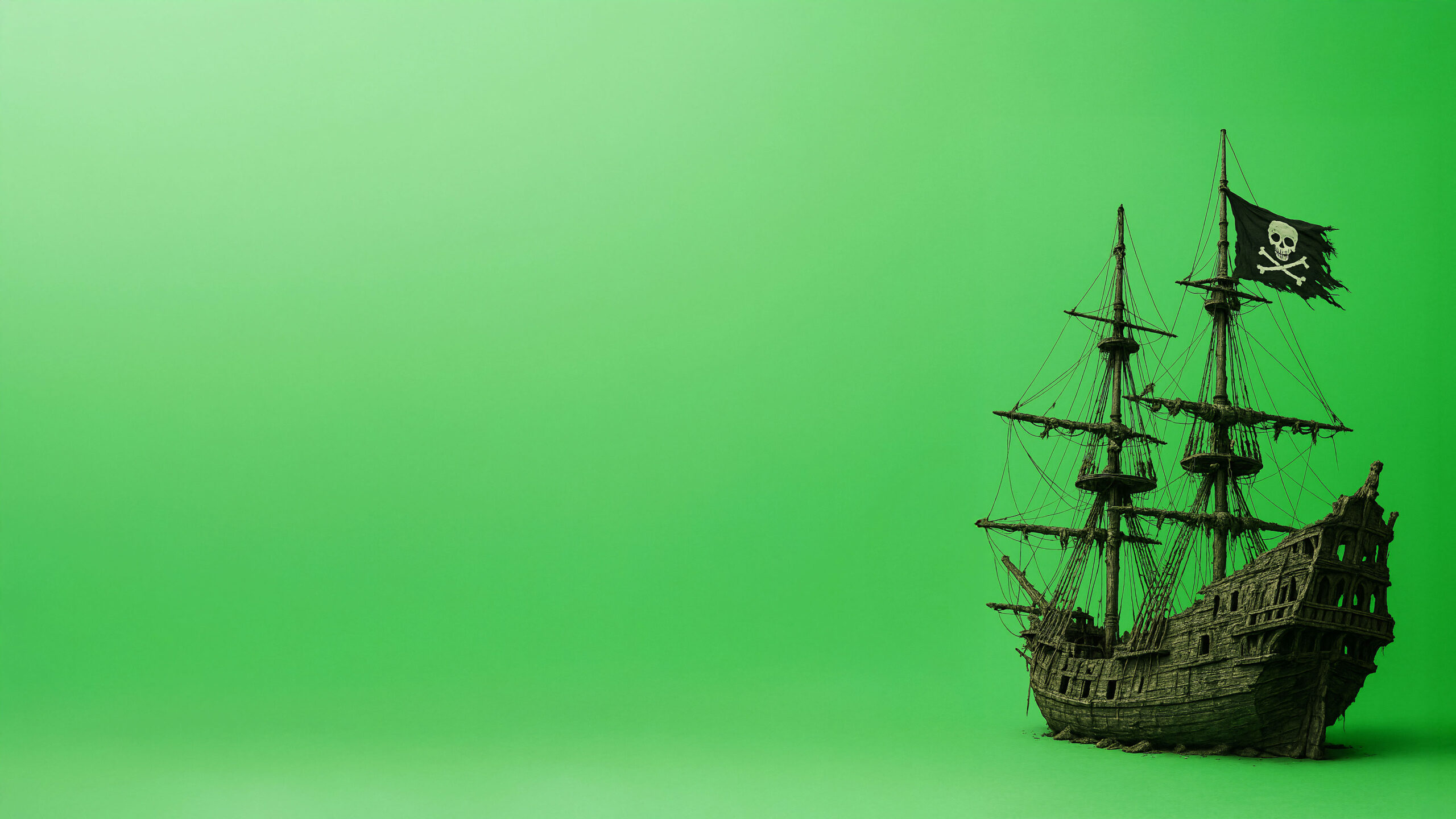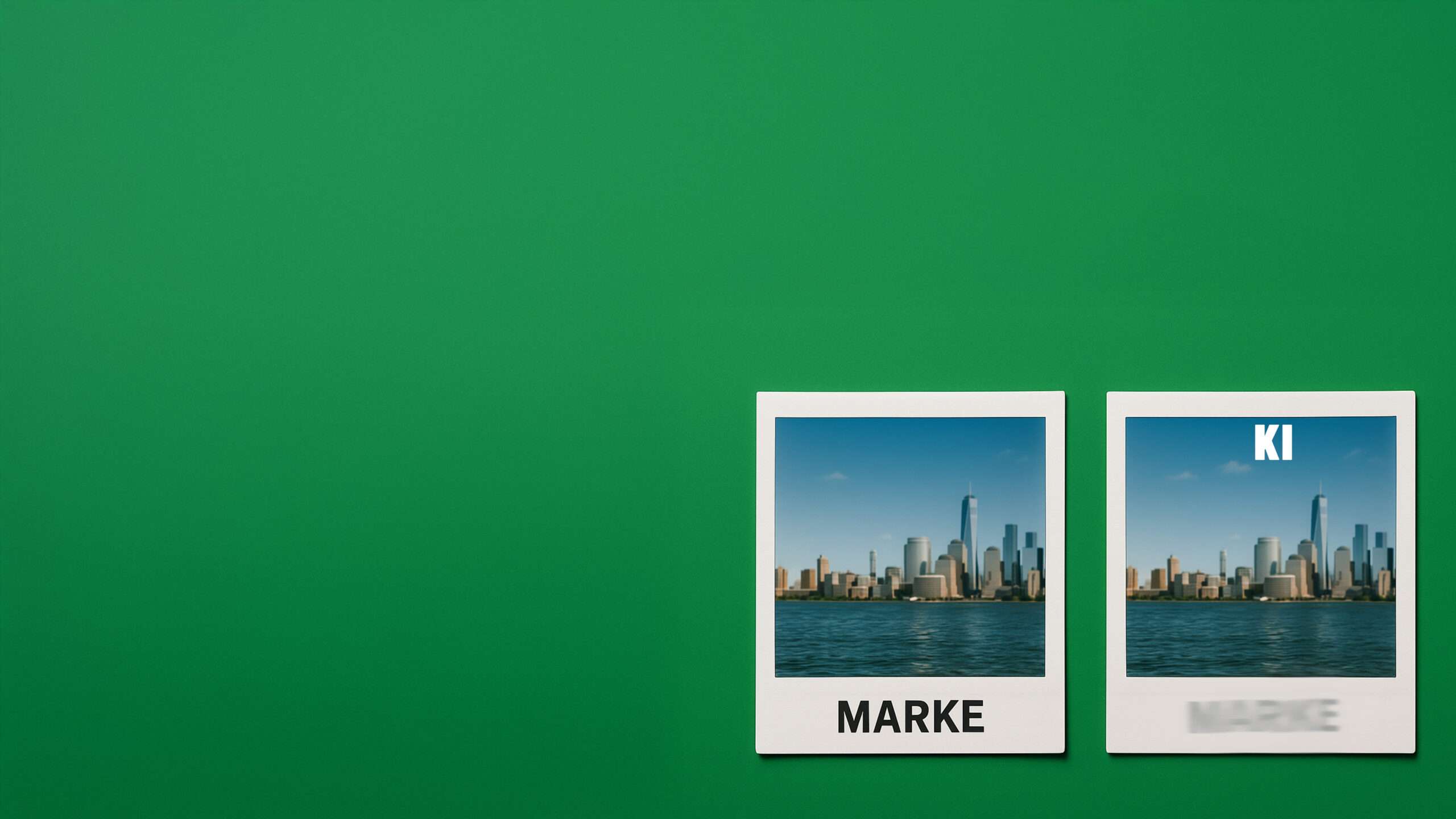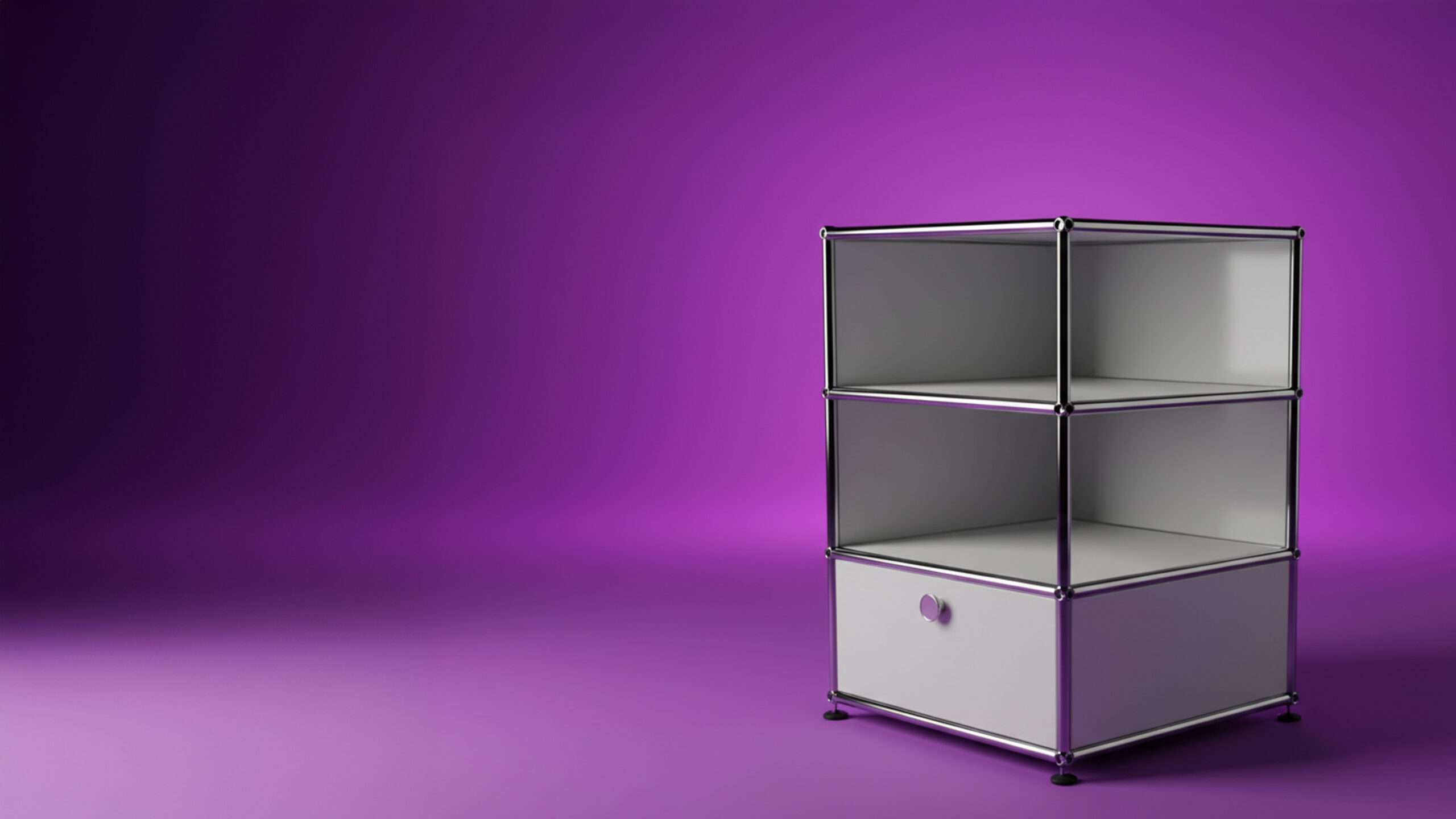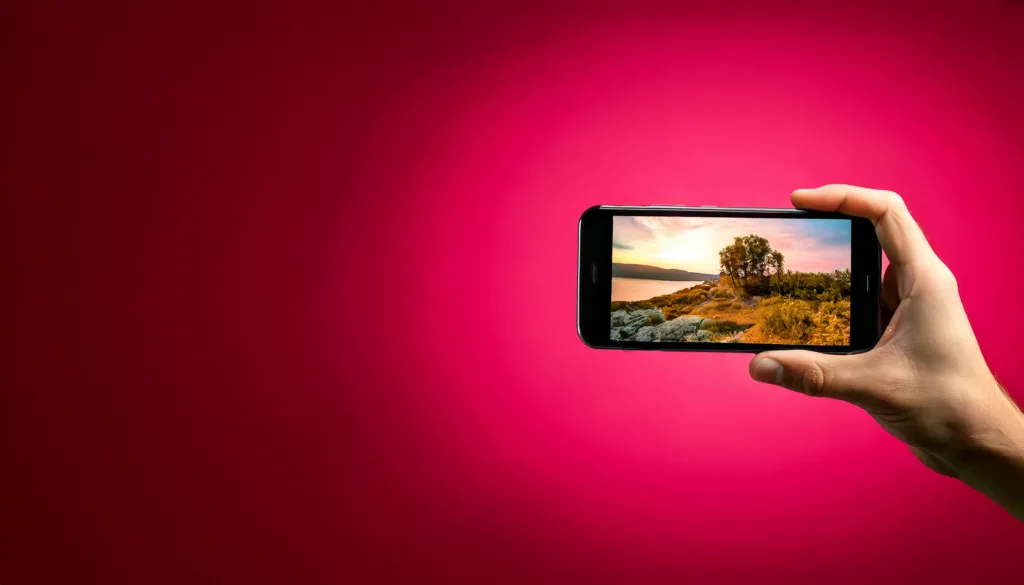
Background knowledge
What protection
enjoys a
Photograph?
What protection
enjoys a
Photograph?
Photo protection in Germany
German copyright law protects not only artistically valuable works, but also simple photographs through the so-called photographic right. It is important for photographers, companies and private individuals to understand which laws apply to images and how they can be enforced.
What is a photograph?
According to German copyright law, a photograph is any image produced by a photographic process or a similar process. The term is deliberately broad and includes digital photographs taken with cameras or smartphones as well as analog photographs on film. It also includes X-ray images, microscope images, satellite images and screenshots of screen content.
For photographic protection, it is irrelevant whether the photograph has artistic value or only documentary character. Simple product photos or spontaneous snapshots also enjoy legal protection. A photo of lunch taken with a smartphone for Instagram is just as much a protected photograph as a professional advertising shot or a vacation photo.
How is the law on photographs created?
The photographic right arises automatically when the photograph is taken, without the need for registration or other formalities. The person who took the photograph is primarily responsible for the attribution. This person is legally the so-called photographer.
What about AI-generated images?
Images produced using artificial intelligence are not subject to photographic protection. Photograph protection presupposes that the photograph was produced photographically or in a similar way to a photograph. This is not the case with computer-generated images.
Laws of the photographer
The holder of the photographic right has various exclusive rights. The reproduction right gives the author control over who may copy the image or have it reproduced. This includes digital copies as well as printouts or storage on data carriers.
The distribution right enables the rights holder to control the first sale of the image. After the first lawful sale, resale is generally free. In the digital world, the law of communication to the public is of particular relevance. It includes publication in magazines or on websites, exhibition in galleries or public spaces and use in social media.
Finally, the photographer also has the right to edit the image, which means that they retain control over changes to the image. This includes color changes, cropping or integration into montages.
Infringements and enforcement
Common acts of infringement include the unauthorized use of images on websites, forwarding or sharing without permission, commercial use without a valid license and editing without the consent of the rights holder.
In the event of an infringement, the photographer has various claims that can be asserted by way of a cease and desist letter . The injunctive relief enables the immediate cessation of the unlawful use and the submission of a cease-and-desist declaration with penalty clause by the infringer.
In addition, damages can be claimed, whereby the injured party can choose between different calculation methods. He can claim lost profits, demand the surrender of the infringer’s profits or demand a reasonable license fee as a so-called fictitious license. If a professional photographer discovers that his image is being used for advertising purposes without his permission, he can demand an appropriate license as compensation. The amount of the license fee depends on the type of use and is usually several hundred euros.
In addition, there is a right to information, through which the rights holder receives information about the extent of the infringement.
Duration of protection of photographs
The photographic right is limited in time and expires 50 years after the photograph was taken. The period begins at the end of the calendar year in which the photograph was taken. The date of creation is decisive and not the later publication. At the end of this period, the image becomes public domain and can be used freely by anyone. For example, a photo taken in 1970 is no longer protected since December 31, 2020.
Difference between a photograph and a photographic work
Copyright law distinguishes between simple photographic images and artistically valuable photographic works. A photographic work requires a personal intellectual creation with an individual level of design and artistic or aesthetic value. This includes, for example, artistic portraits, elaborate landscape photographs or creative compositions. The protection of photographic works extends for 70 years after the death of the photographer, and there are regularly higher claims for damages.
In contrast, a simple photograph does not require any particular level of design. Any photographic image can be protected as a photograph, regardless of its artistic value. Protection lasts 50 years from the date of production and is based on related rights. This includes, for example, product photos, documentation photos or spontaneous snapshots.
In practice, however, it is often difficult to distinguish between the two forms of protection.
Practical recommendations
Photographers should provide their photographs with appropriate metadata and copyright notices to document their authorship. If commercial use is planned, it is advisable to conclude clear license agreements. Infringements should be pursued promptly and it is advisable to collect and securely store evidence of authorship.
Users of image material should only use licensed images, royalty-free images or their own images. If you are unsure about the legal situation, it is advisable to seek legal advice. Creative Commons licenses must be observed and their conditions complied with. If in doubt, the appropriate rights of use should be properly acquired.
Companies should regularly train their employees on image rights and establish clear rules for social media use. Professional image licenses should be used for marketing purposes, and appropriate compliance systems can prevent infringements from the outset.
Our team
on copyright
Our team
on copyright
